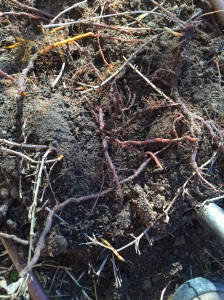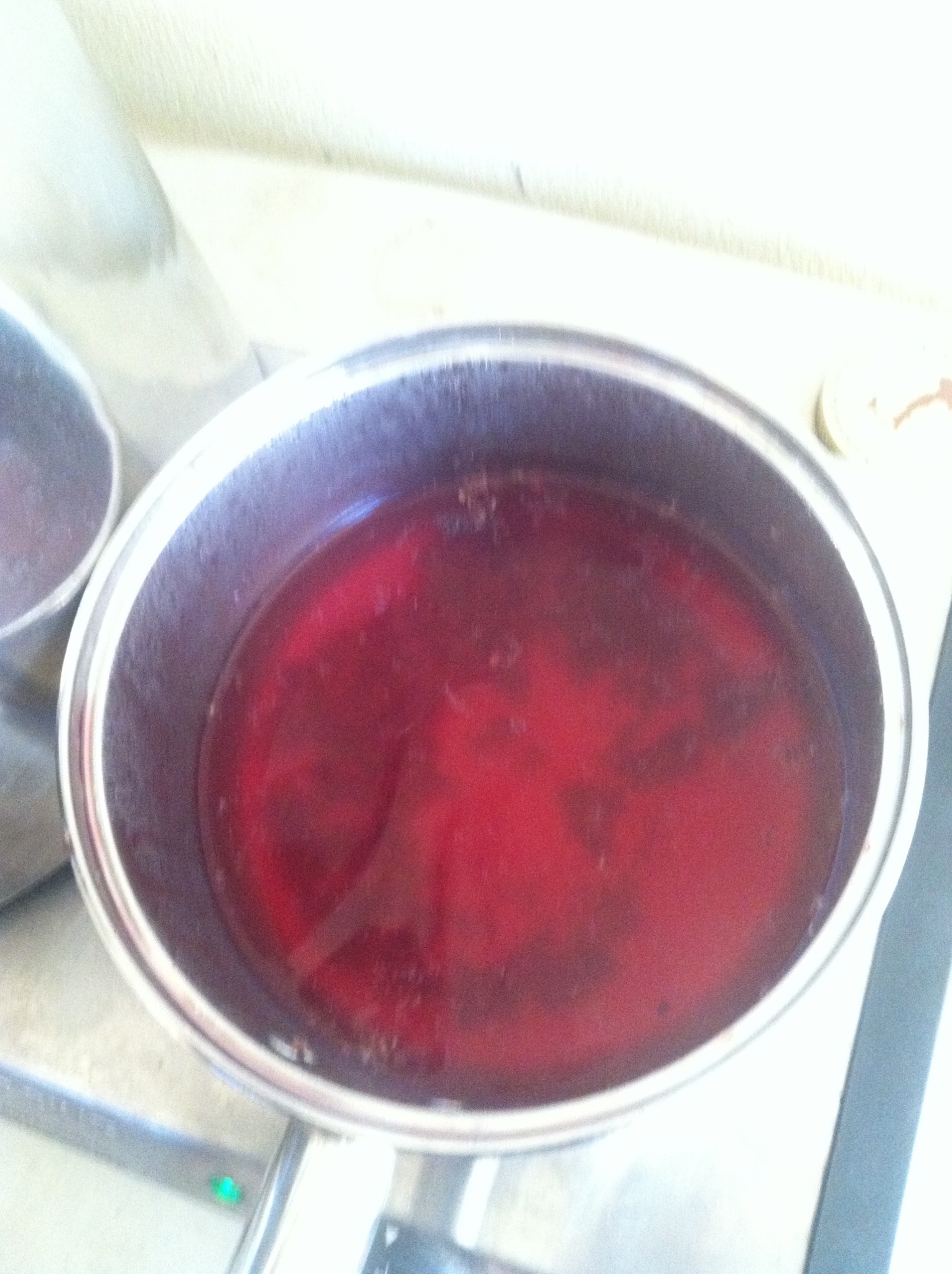I had the privilege to speak about natural dyeing at the Contemporary Handweavers of Texas 2015 Conference in Austin, Tx in late June. As most teachers know, one touches on subjects to make students aware of potential paths but class time constraints prevent one from delving into the details. I needed to stay on the subject of natural dye basics but couldn’t resist mentioning some of these items. One of my students, Fern, was gracious enough to capture a bucket list of those interesting “time sinks” for me. Thank you Fern!
Below are random references for folks that attended my lecture to wander at will. Take your time, enjoy and thank you for letting me share the joy of creating color with you. What color is in your valley?
My apologies, this blog entry covers a lot of ground and no pictures are within this blog post BUT by popping over to some of the links there is plenty of color photos and information created by some of the most talented teachers I have had the privilege to train with. Regards Deb Mc
- I spoke of symplocos, a natural mordant sourced from leaves. When used it gives a slight yellow cast to your fibers BUT that disappears when you put your base color over it. There is a lot of information in the links below. Consider running some dye pots comparing your mordant choices, alum acetate, alum sulfate and symplocos. Consider the higher cost paid for the mordant as a source of support to the folks who gather the leaves. Also consider the limited nature of such a resource.
Natural mordant from leaves, sourced from Indonesia http://plantmordant.org/symplocos/
History of use http://plantmordant.org/symplocos/history-of-symplocos-use/
Consider running some dye pots comparing your mordant choices, alum acetate (cellulose) or alum sulfate (protein) and symplocos. The website above has ample instructions on the different ways you can use the mordant for different fibers.
- As opposed to gathering natural dye bulk material, natural dye extracts are a good way for those who cannot gather to experiment with natural dyes. Upon occasion folks remark to me that extracts are expensive. Experiment with it and learn the recipes. Focus on one type of substrate (type yarn) and learn the percent that you need to get to the color you want. Learn how to fully exhaust your pot to pull all the color. I’ll give you a couple of sources that have outstanding instructions for extracts on line or available for sale. Not only do they offer extracts but most carry some of the bulk natural dye material. Please understand there are many other retailers out there at your local festivals that sell natural dye extracts. Try to support local merchants but don’t hesitate to use our global economy. You are helping someone support themselves in their village and you can stay in your village and enjoy their colors. The links provided gets you to their site. Take time to look thru these websites to see their extracts for sale, the mordents AND the awesome online instructions.
Natural Dye Extract Suppliers in alphabetical order:
- Botanical Colors https://botanicalcolors.com/product-category/natural-dye-extracts/
- Earthues http://www.earthues.com/natural_dyes/extracts (workbook also on bibliography)
- Maiwa (Canada $$’s) http://www.maiwa.com/home/supply/index.html
- Online groups enable us to share information and learn. Technology keeps changing but for today Yahoo and Ravelry have solid groups that share information. You can join these Yahoo & Ravelry groups and search their achieves. Both groups are fairly gentle with beginners but it is always good to ask specific process questions and cite what research you have done beforehand. Both Yahoo and Ravelry require you to join. Facebook has some natural dye groups but I’ve found them difficult to research and find/mark information for retrieval. Hopefully technology will advance.
Yahoo Groups, search for NaturalDyes (active) and sustainablenaturaldyepractice (low activity)
Ravelry, search for Natural Dyeing (process) and Plants to Dye For (growing and dyeing)
Facebook, search for Natural Dyeing, IndiGrowing Blue, Indigo Dye, Indigo Pigment Extraction
- I spoke about pulling color from wood chips. Sandra Rude of 3 Springs Handworks has written an excellent paper on using woodchips for color.
I will repeat a safety warning. Using alcohol is a good way to pull color from your wood chips or sawdust BUT do not use open flame for your dye bath. Use electric heat for safety. You do not want to flambé yourself or your skeins. Safety FIRST!
The link is below. Look for “Instructions for Extracting Color from Wood Chips”.
http://www.3springshandworks.com/Extras.htm
- I showed some examples of using pigment I pulled from my dye baths to paint and screen print with mordants. That is an advanced subject that I won’t address in this entry. Know that a way exists to precipitate out color from your dye bath and merits research if you pursue natural dyeing. Both John Marshall and Michel Garcia address this from different points of view. I’ll give links to these gentlemen below. Probably the best book I’ve had recommended to me is Natural Colorants for Dyeing and Lake Pigments, Kirby, et al. Search on line, it is pricy and would be a good guild book. An individual could probably find it via library loan or a university library to see if you want invest in the book or explore the process further. Others might exist but this book give historical context and experiments.
Another resource is this paper by Kirby online, this was the precursor to the book above, give it a moment to load. http://www.doernerinstitut.de/downloads/Back_to_the_Roots/Back_to_the_roots_Kirby_I.pdf
- Michel Garcia was known for his natural dye plant garden in France, and he is now teaching about natural dyes and the historical indigo fructose method. He also addresses printing and precipitation of dyes. His lectures are worth attending for their botanical and historical content. His dvd’s should be in a guild library for member reference. They provide a wide scope of information and provide a chemist’s point of view. Take some time to read his background and look up his botanical garden. https://shop.slowfiberstudios.com/collections/video
- John Marshall is a fiber artist and most excellent teacher. He lives his art through the Japanese tradition and uses soy milk as a mordant to create his artwork. He does use Japanese pigments in conjunction with the soy milk and has written a booklet and provides instructions on his website. His booklet should also be in guild libraries.
- Here is his home page: http://www.johnmarshall.to
- Here is the soy booklet: http://www.johnmarshall.to/I-bookSOY.htm
- Here are his online instructions: http://www.johnmarshall.to/H-Soymilk.htm
- Here are his references to pigments: http://www.johnmarshall.to/H-DyesPIGMENTS.htm
- The University of Nebraska offers space via Digital Commons to organizations like the Textile Society of America (TSA). Digital Commons are Institutional Repositories (IRs) which bring together all of a University’s research under one umbrella, with an aim to preserve and provide access to that research. IRs are an excellent vehicle for working papers or copies of published articles and conference papers. Presentations, senior theses, and other works not published elsewhere can also be published in the IR.
The 2010 proceedings are probably the richest in dye reference material as that was the conference theme. Look at some of the papers. I referred in my lecture to the South American cochineal harvesting process. Here is it, provided by the TSA organization. Consider joining them to support textile research around the world. We are thankful for the clear photos and comparison of methods. Without the Digital Commons, how would we access information like this without traveling? http://digitalcommons.unl.edu/tsaconf/39/
And finally, folks asked for a natural dye bibliography, this is what I recommend for beginners, Here is my list….
Books as of 07/2015 sort by title, **first dye books recommended for beginners
A Dyer’s Garden ** Rita Buchanan
ISBN: 1-883010-07-01
Approach to natural dyes via touching the ground
Indigo, Madder & Marigold Trudy Van Stralen
ISBN:0-934026-86-6
Good equipment chapter for beginners. Basic instructions for dyestuffs readily available.
Natural Dye Instruction Booklet** Michele Wipplinger
http://www.earthues.com/natural_dyes/books
Excellent summary on use of natural dye extracts various techniques
Natural Dyes – Sources, Tradition, Technology and Science
Dominique Cardon ISBN-10: 1-904982-00-X
Belongs in any fiber guild library, provides cultural, botanical & practical natural dye research spanning our globe
Salvation Thru Soy John Marshall
http://www.johnmarshall.to/I-bookSOY.htm – http://www.johnmarshall.to/I-bookSOY.htm
Different cultural direction to apply natural dye to cloth
The Craft of Natural Dyeing Jenny Dean
ISBN: 0 85532 744 8
Solid beginner definitions, nice approach to mordants and modifiers
Wild Color ** Jenny Dean
ISBN: 978-0-0230-5879-2
Great index and table of contents for reference. Best mordant and modifier (assistant) table available.
Tags: Dye, lecture, teach










 Next up I will plant my Indigofera Suffruticosa seeds. I’ll throw Cota and Hopi Sunflowers into the mix this year also. Maybe I can beat the birds to the seeds for dye this year.
Next up I will plant my Indigofera Suffruticosa seeds. I’ll throw Cota and Hopi Sunflowers into the mix this year also. Maybe I can beat the birds to the seeds for dye this year.






























You must be logged in to post a comment.